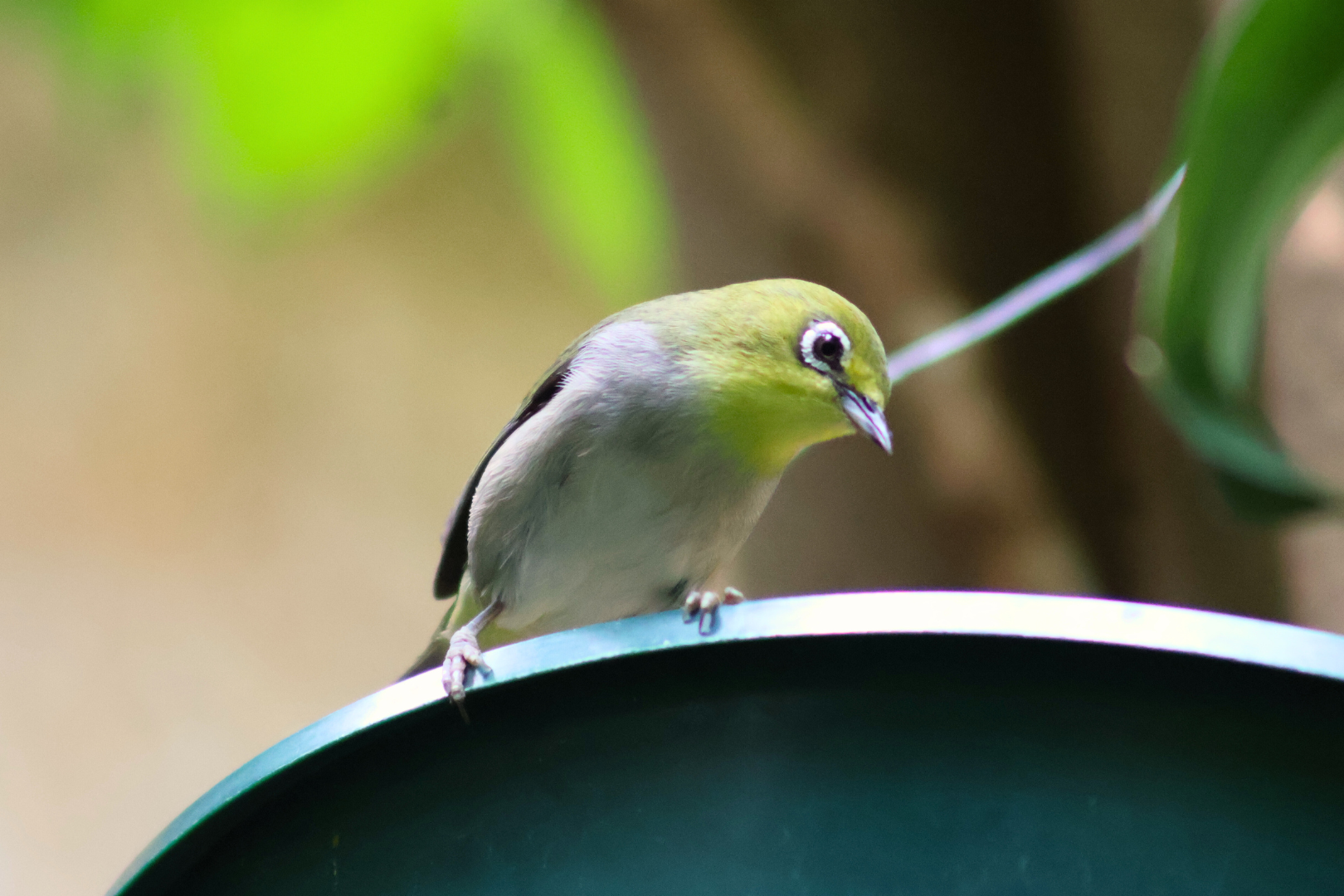I LIVE IN ASIA
The oriental white eye is native to Asia spanning from China to Sri Lanka. Although they can be found in a vast range of habitats, they often settle in mangrove and other moist forested areas.
I AM AN OMNIVORE
The oriental white eye is known to consume a variety of insects like larvae, spiders, and flies. They will also forage for fruit, nectar, and seeds.
ORIENTAL WHITE EYES ARE SOCIAL
The oriental white eye is a very social birds. They can often be found in large groups of individuals and can be recognized by the loud vocalizations they frequently make to communicate with one another.
LIVE UP TO THEIR NAME
Much like their name suggests, the oriental white eye is most notably recognized by the small white ring they have circling their eyes.
HELPING THE ORIENTAL WHITE EYE IN THE WILD
By visiting the Fort Wayne Children’s Zoo, you are supporting local, regional, and global conservation. A portion of every ticket sold goes towards conservation of wildlife and wild places. Each year, the Fort Wayne Children’s Zoo donates over $250,000 to our conservation partners.
I AM IMPORTANT TO MY ECOSYSTEM
Because they spend a lot of time foraging for seeds and nectar, the oriental white eye play a very important role in their ecosystem as both pollinators and seed dispersers, roles that aid the ecosystem in boosting local wildlife.

